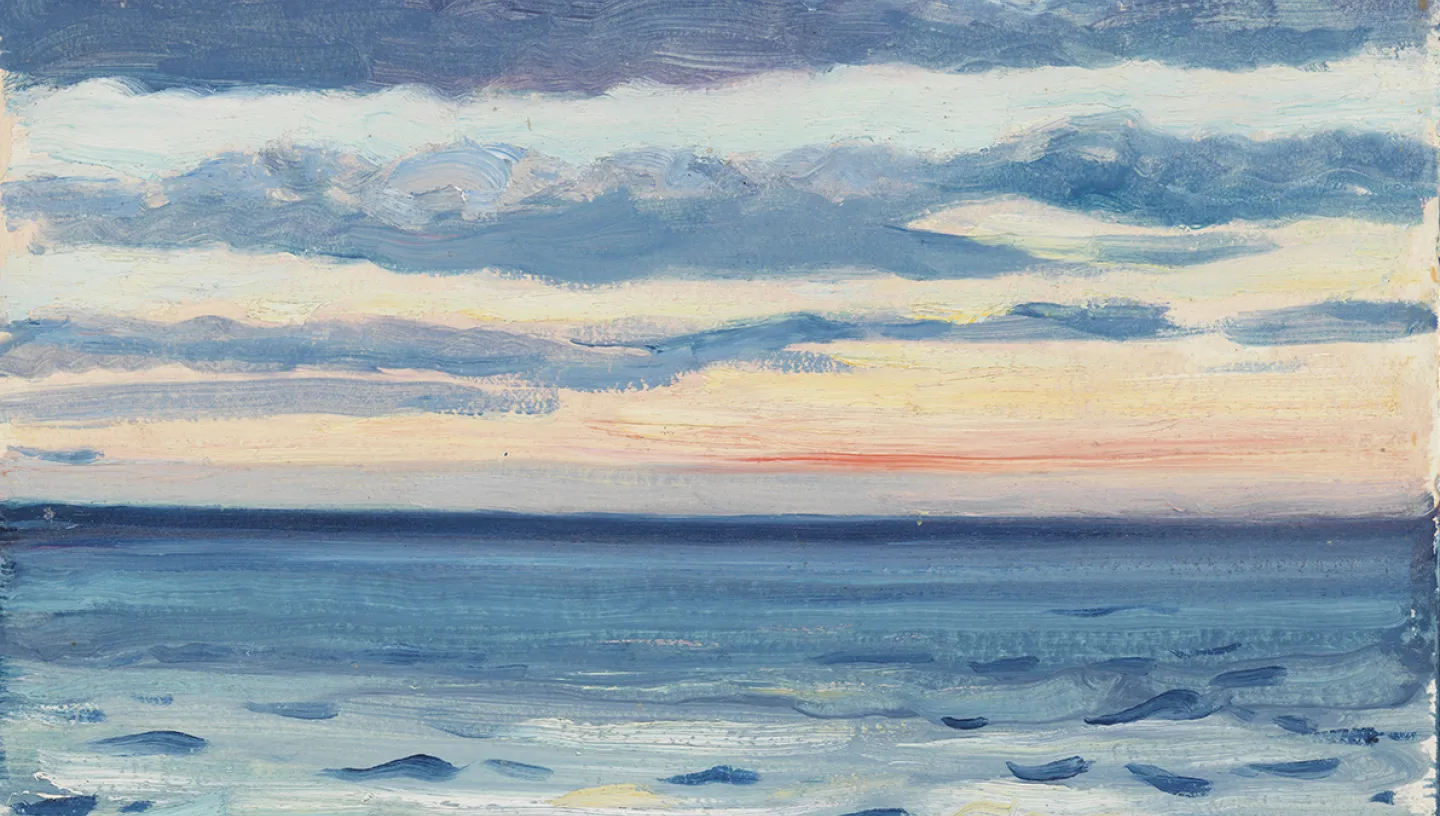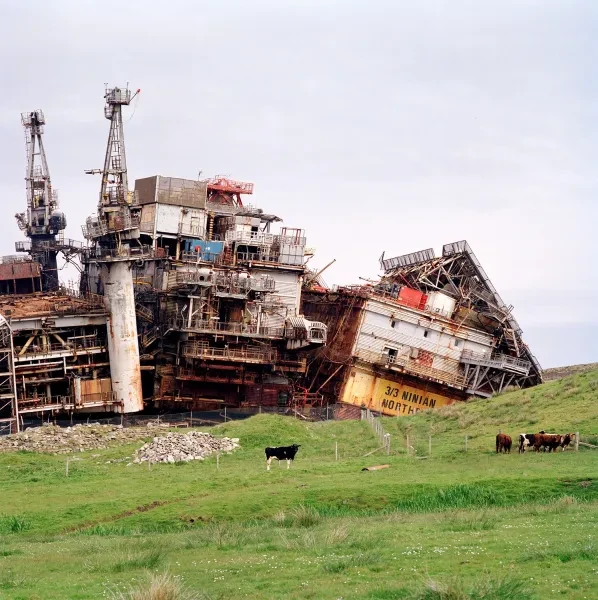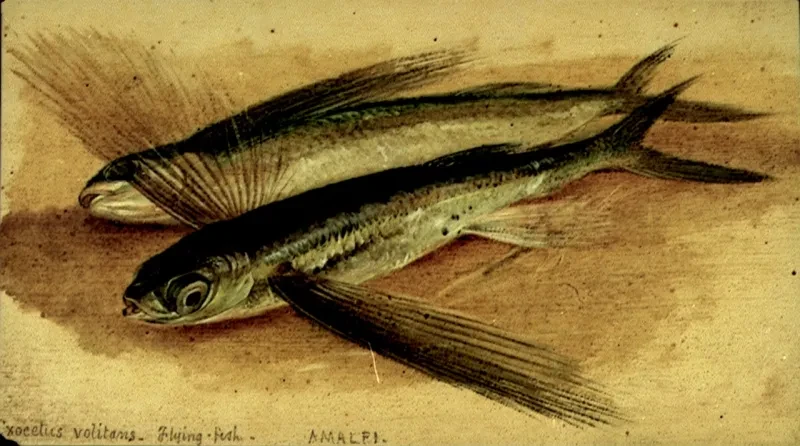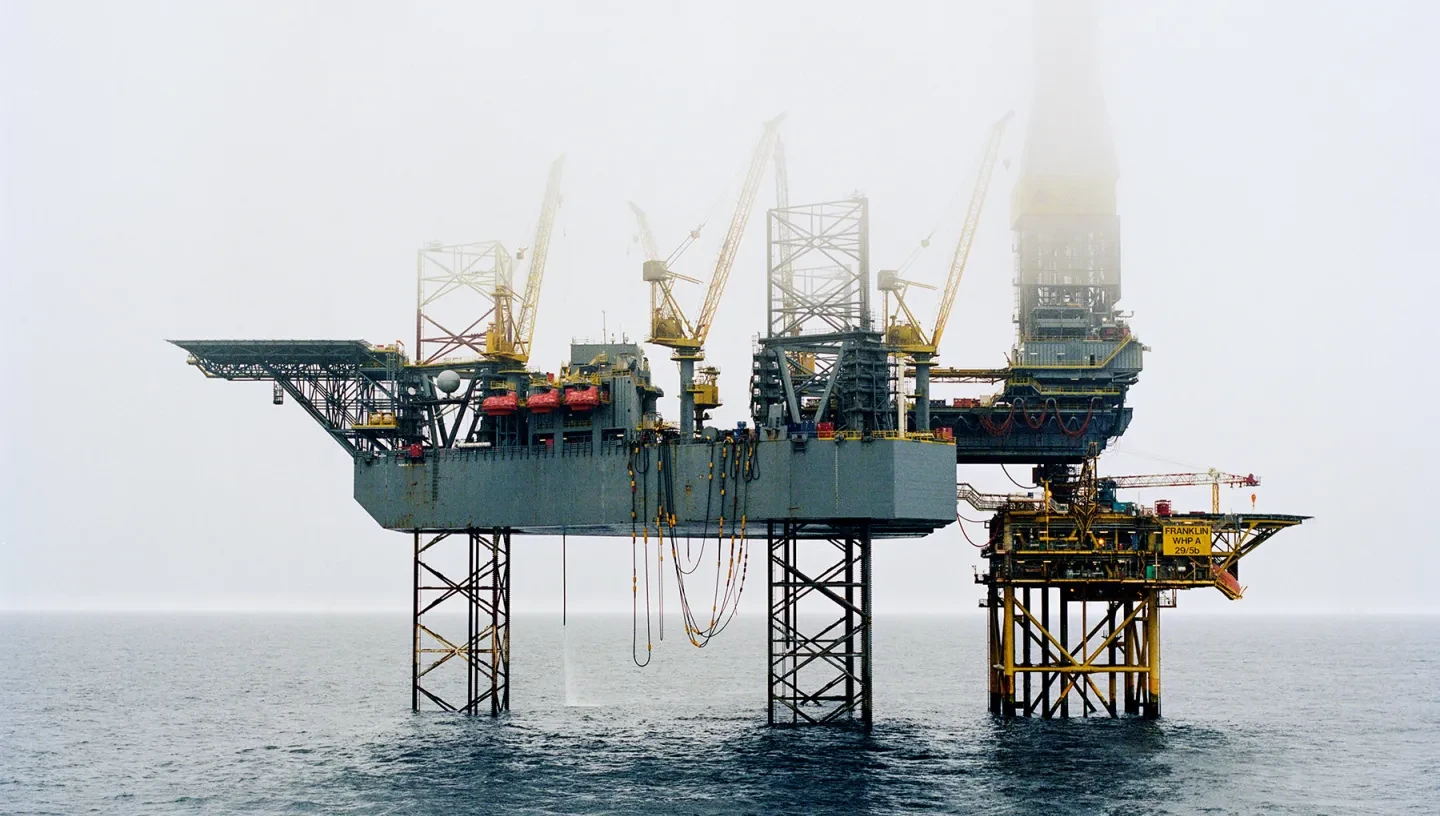
Peter Iain Campbell is a commercial photographer who, in order to document life in the offshore oil and gas industry, specifically trained to work as a drilling rig worker in the North Sea.
Campbell's work reveals the human stories of people working in these challenging environments through evocative portraits and isolated shots of the oil rigs they call home.
To coincide with the National Maritime Museum's exhibition Exposure: Lives at Sea, we asked Peter to talk about his work and personal experience; the hardships and challenges that he faced as an offshore worker, the importance of camaraderie for seafarers' wellbeing, and his future plans.
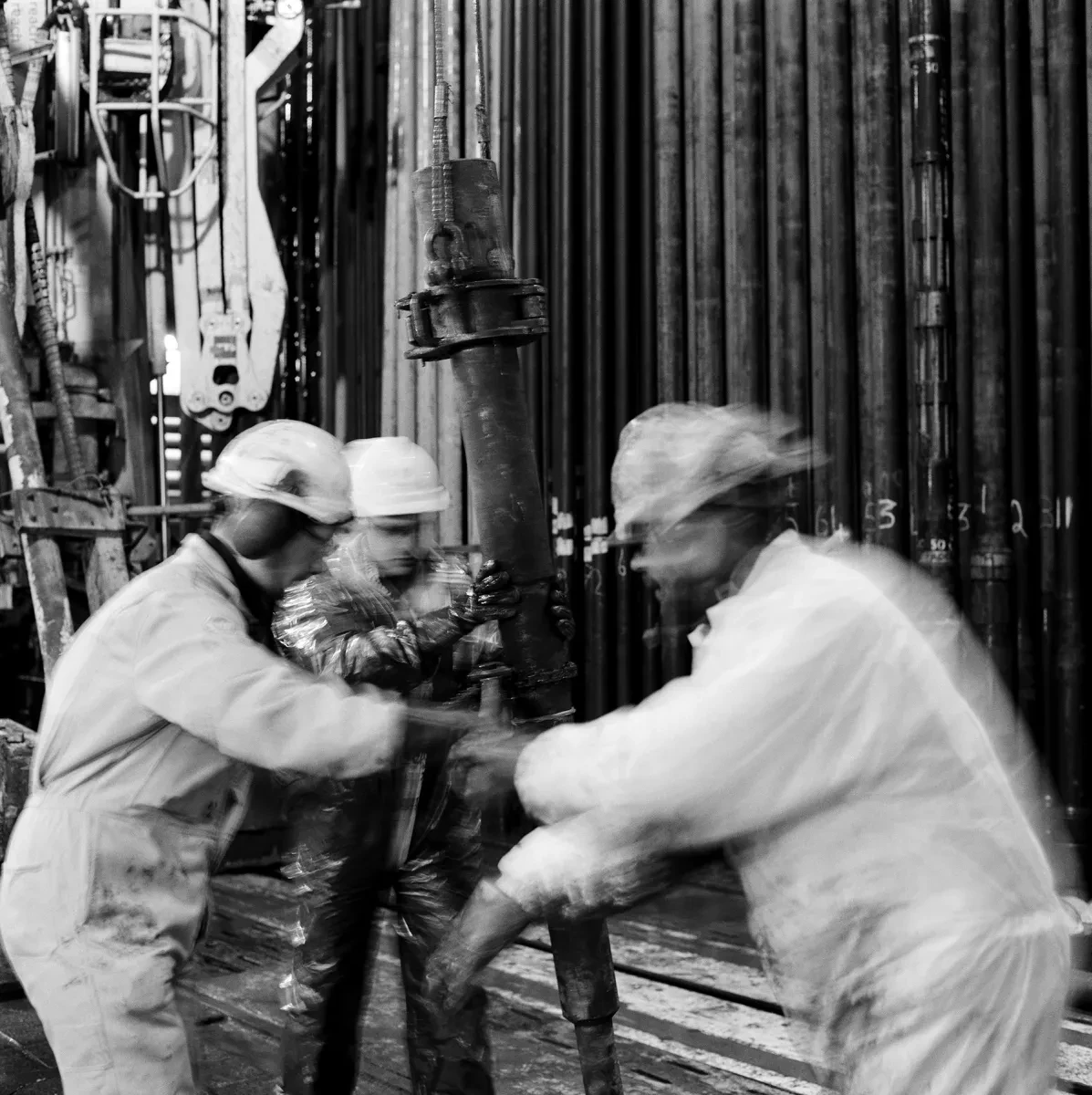
The maritime sector is considered as one of the toughest industries in a sense of spending a lot of time far from your loved ones. How did you and your colleagues cope with that?
It is difficult being away from family and friends when you’re working out at sea. I thought three weeks was a long time on a rig until I started shooting on the Platform Supply Vessels, where the crew’s trips can generally range from four to eight weeks!
On a rig you tend to have 12 hours of work (the busier the better to be honest) and 12 hours of down time. The crew I worked with for two years were very health conscious, which meant regular stints in the gym.
Everyone is in the same situation offshore, so there is a concerted effort (with the odd exception) to create something of a community spirit. The more harmonious and fun the atmosphere, the better it is for everyone and consequently, the quicker your three weeks go by. Everything is amplified offshore because you’re so far away from home, but that also means those relationships you build become so invaluable and critical to your wellbeing.
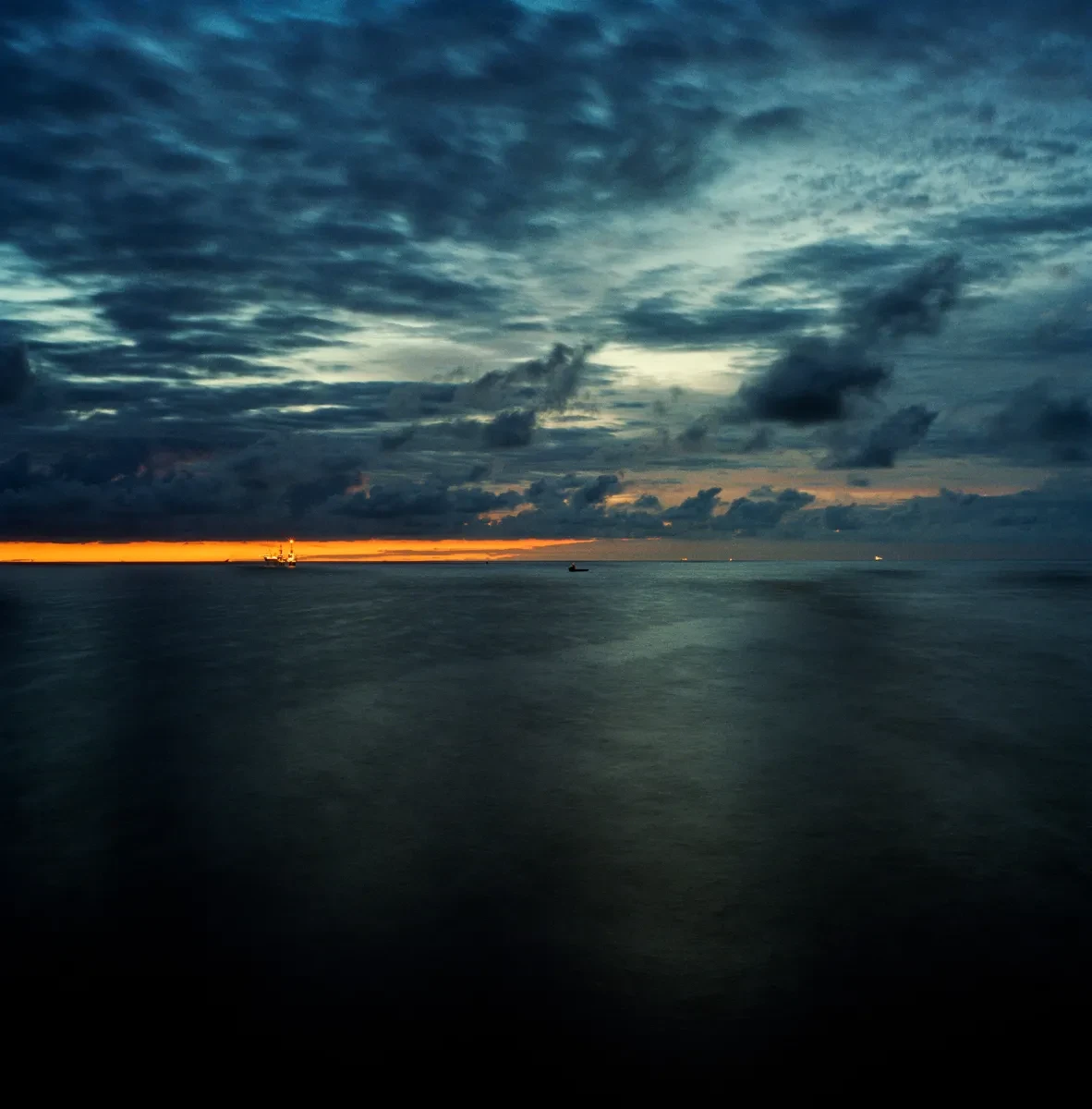
How do you cope with being completely isolated in a remote place, unable to independently leave the rig?
That’s the real challenge working on a rig – there’s no escape route half way through your trip!
On a PSV (Platform Supply Vessel), while your trip may be longer, at least the environment is constantly changing and there’s even an opportunity when you get back from each sailing to take a step onto hard ground.
On a rig, you obviously don’t have that luxury, but you feel strangely connected to that small area of wild sea and sky that pervades your every day. The solitude and acceptance of that wildness can be almost spiritual.
My job was predominantly indoors, so being able to get a taste of that sea air at the end or beginning of each shift was crucial. When I started shooting seascapes from the rig, that whole experience of shooting pre-dawn and/or post-sunset became even more ritualistic and, at times, a healthy coping mechanism.
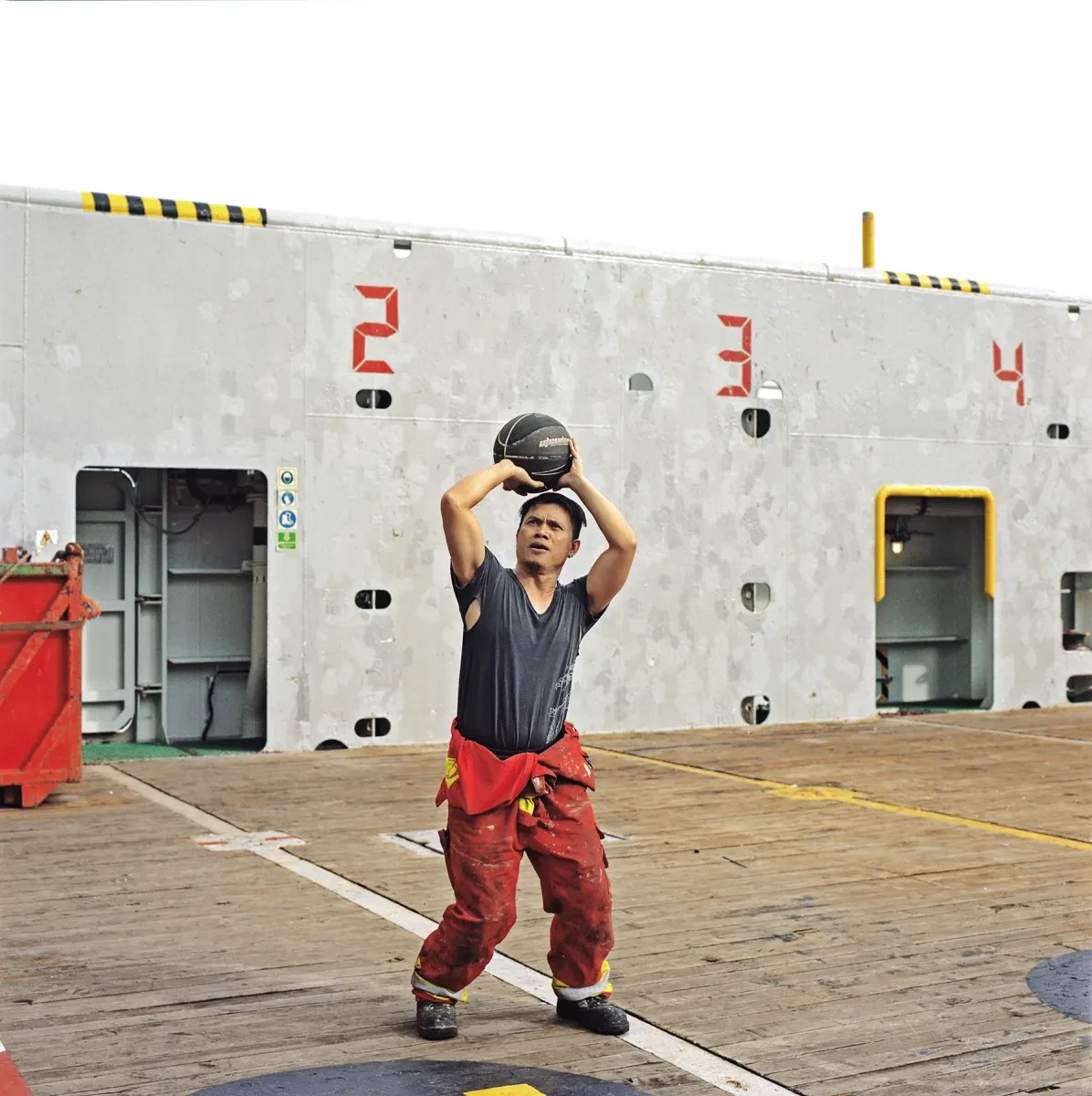
Is there a clear division of your working and personal time on the rig? How do you relax?
It can cost an Operator a lot of money (approx. $200,000 per day [2015 prices]) to contract a Drilling Rig to drill new wells, so when the rig is in operation you can bet your bottom dollar it’s functioning 24 hours a day, 365 days a year, so there are always two crews – dayshift and nightshift.
The benefit of that, plus the one edge of the sword that is Union backing, is that when your shift is over for the day, it’s over. That 12 hours when you’re not working is yours to enjoy how you please – TV, cinema, pool, table-tennis, darts, gym, sauna, mobile phone interfacing…but no swimming!
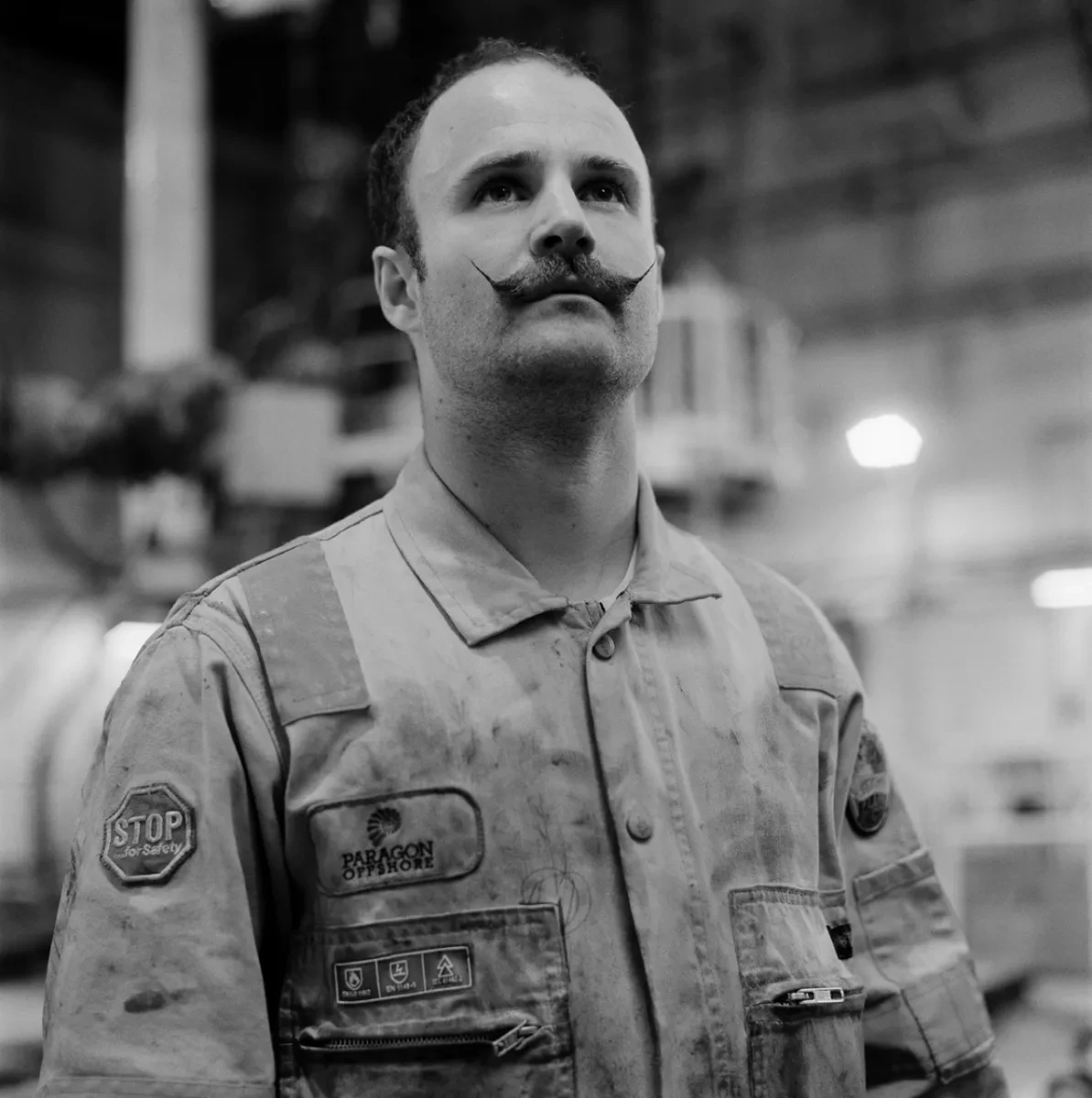
Do you think you are ever able to fully disconnect after a difficult day at work?
I don’t think you fully disconnect after a long, hard day on the rig, but you’re able to compartmentalise your down-time in ways that allow you to relax and effectively switch-off.
Unfortunately, the mobile phone interfacing habits that we adopt on land are mirrored out at sea. I imagine there’s probably less interaction nowadays amongst off-shift crew than there was even 10 years ago.
The plus side is that cabins tend to be two berth and split between day and night shift, so having that cabin to yourself at the end of a long day really helps you to escape. Stories of four and six-berth cabins back in the day for a whole two week trip does sounds tough...
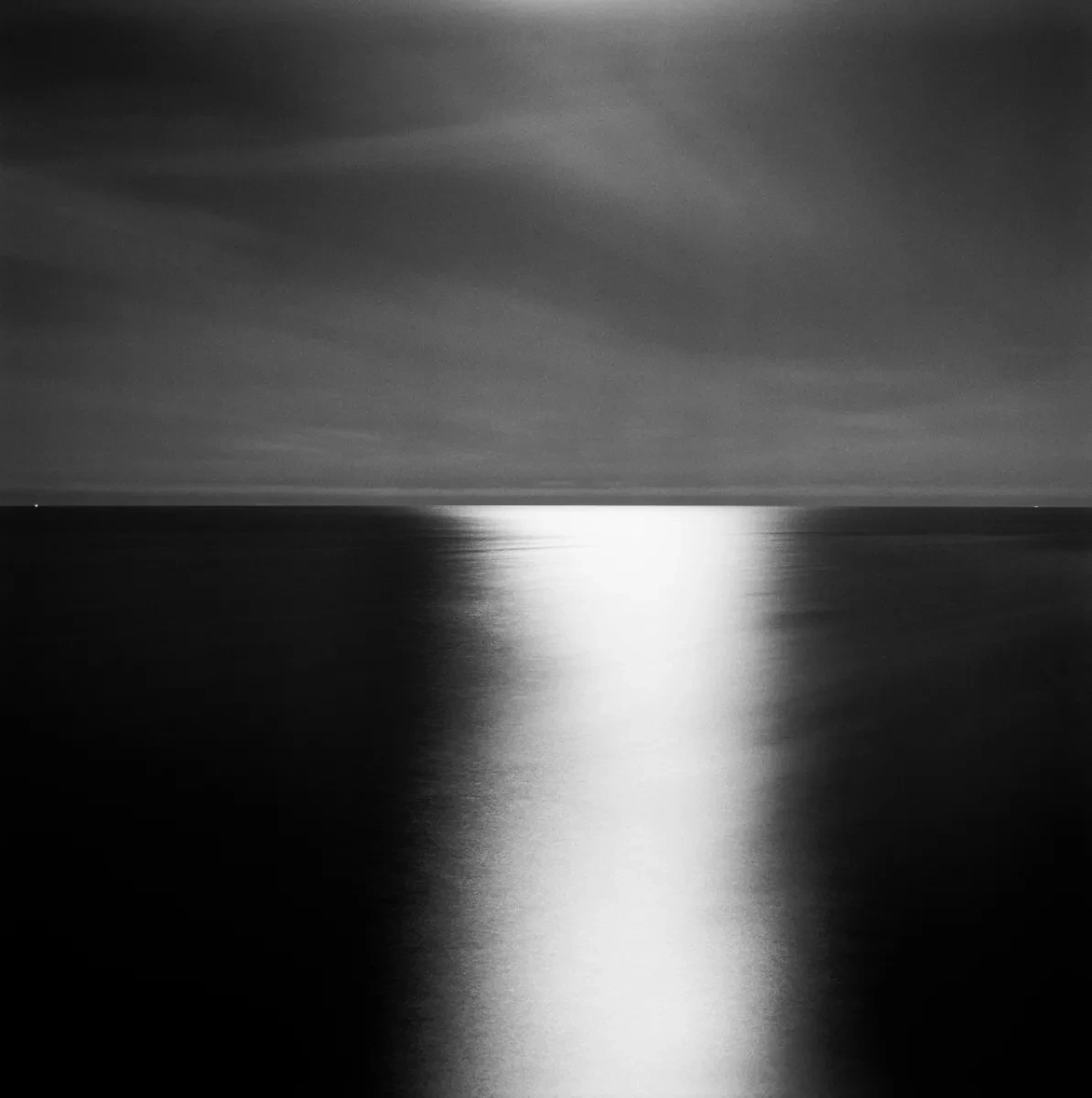
Is the mental health of offshore workers supported? If so, how?
Every Rig or Platform has a fully trained medic and while I can’t speak for how mental health issues may have been supported in the past, it is something that I felt was taken very seriously during the time I worked offshore. That said, it seemed universally acknowledged that the ideal trip offshore in the UK sector of the North Sea was two weeks on and three weeks off. When many shifts changed to 3/3, that extra week away from family and friends was deemed particularly challenging.
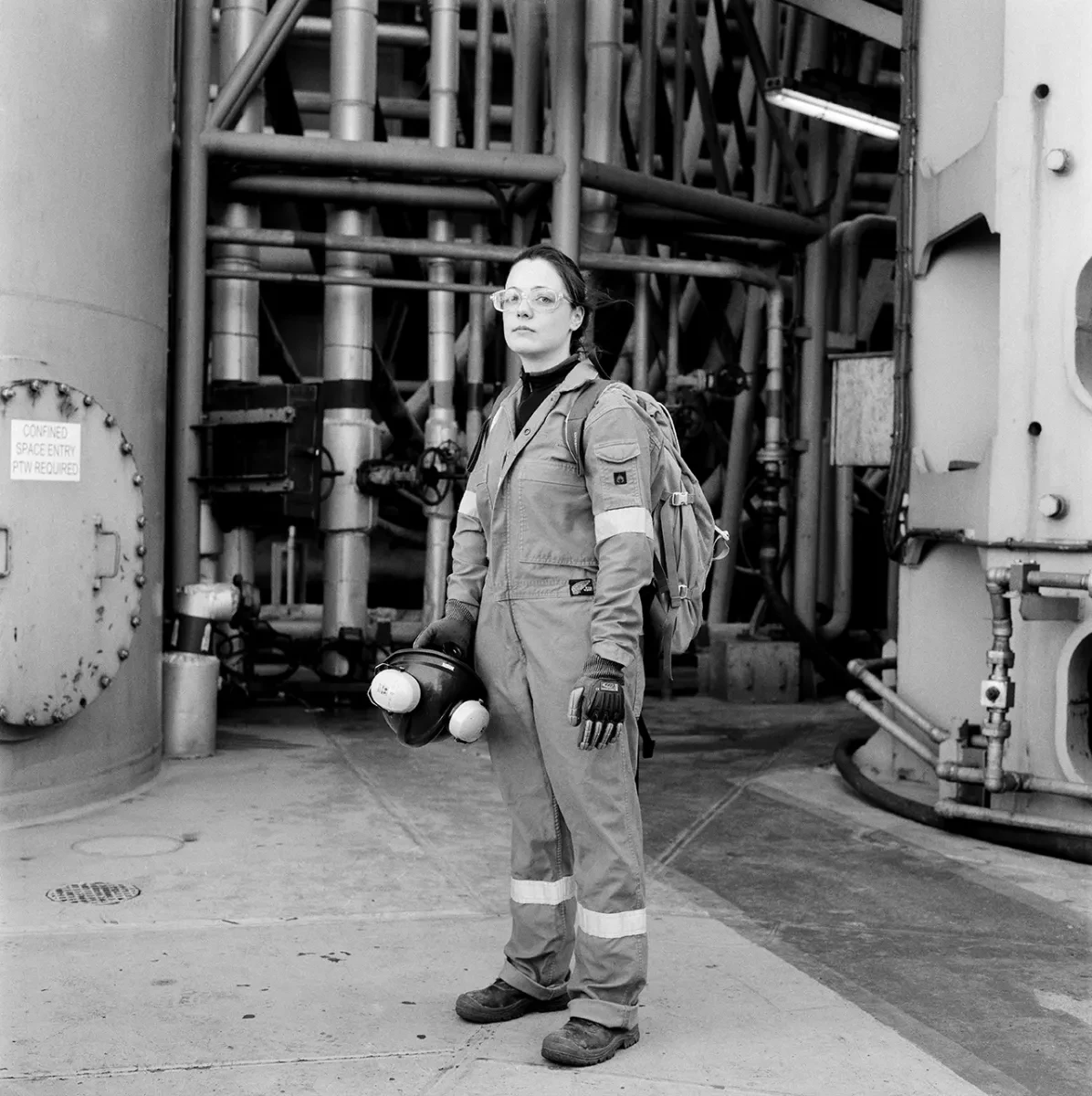
What type of people work on the rigs?
It’s interesting – I think the demographic on an oil rig is quite different from that on a Platform Supply Vessel. While the PSV’s tend to have a more diverse mix of nationalities, North Sea rigs and Platforms seem to be more predominantly occupied by men from various regions around the UK.
From my own experience, I’ve rarely come across women working within deck and drill crews offshore, which is a real shame. That said, there is a healthier mix of men and women across management, engineering and heli-admin, posts and even more so amongst the stewarding/catering crews.
The facilities companies tend to recruit from Aberdeen, so you do find a number of these positions taken up by people from the North East of Scotland and this can extend into other areas across the rig.
There are strong links between the oil and gas, fishing, and shipbuilding industries and people can gravitate from one to the other or follow the path taken by relatives past and present, so it’s not uncommon to hear Geordie and Liverpudlian accents mixed in with the strong doric dialect from those heralding from the north-east. It all makes for an interesting blend of colourful, strong characters with interesting stories and anecdotes.
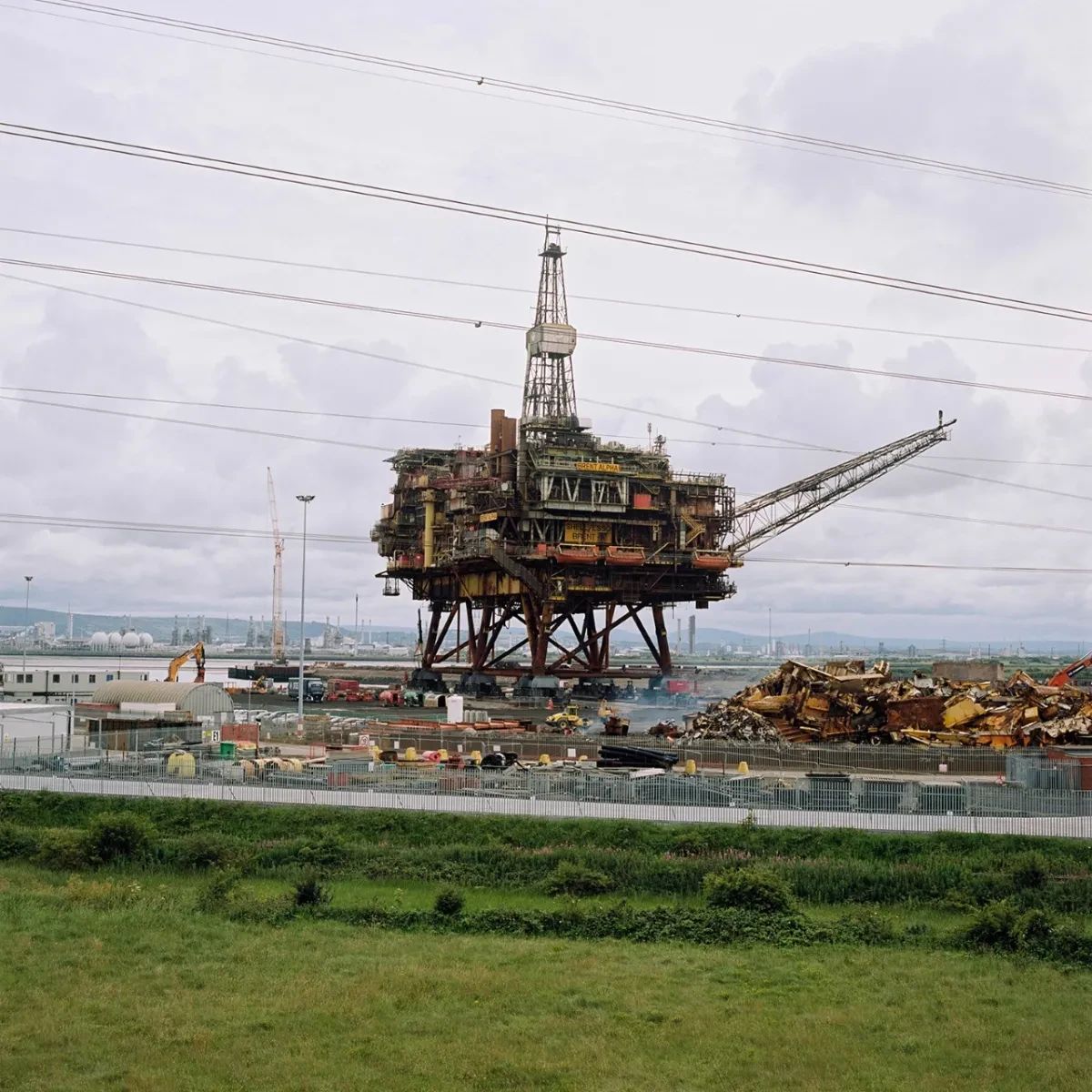
During lockdown you weren’t able to travel to the rigs. What did you do instead?
Lockdown 1.0 was a real blow to the photography work I had planned out in the North Sea Easter and Summer 2020. However, those restrictions drew my attention to another area of the industry I was keen to explore, which was the decommissioning and land-based dismantling of the Drilling Rigs and Production Platforms.
At Able UK in Teesside, they had already dismantled both the Brent Bravo and Delta platforms and early last Summer they received the third instalment from that field, the Brent Alpha platform. I had been fortunate enough to photograph these platforms out at sea, so it was a great opportunity to start a kind of systematic process of documenting the gradual dismemberment of these rigs over a period of months. Having spent several years working on and observing these installations out at sea, it has been quite surreal to witness these sea creatures on land, surrounded by the colour green!
This article was first published as part of the National Maritime Museum's 2020-21 exhibition Exposure: Lives at Sea
Image Credits
All photographs by kind permission of the artist © Peter Iain Campbell
-
Drill Floor. Prospector 1 Drilling Rig, Franklin Field, central North Sea
-
General view of a Platform Supply Vessel
-
Serge, Able-Seaman. Onboard the-Solstad Sea Forth PSV
-
Bumpers, Assistant Driller, Moon Pool, Drilling Rig, Elgin/Franklin Field
-
Seascape #804 [57°10′N 2°00′E]
-
Irene Lopez Rodriguez, Data-Engineer Mud-Logger
-
Brent Alpha Platform, Teeside
